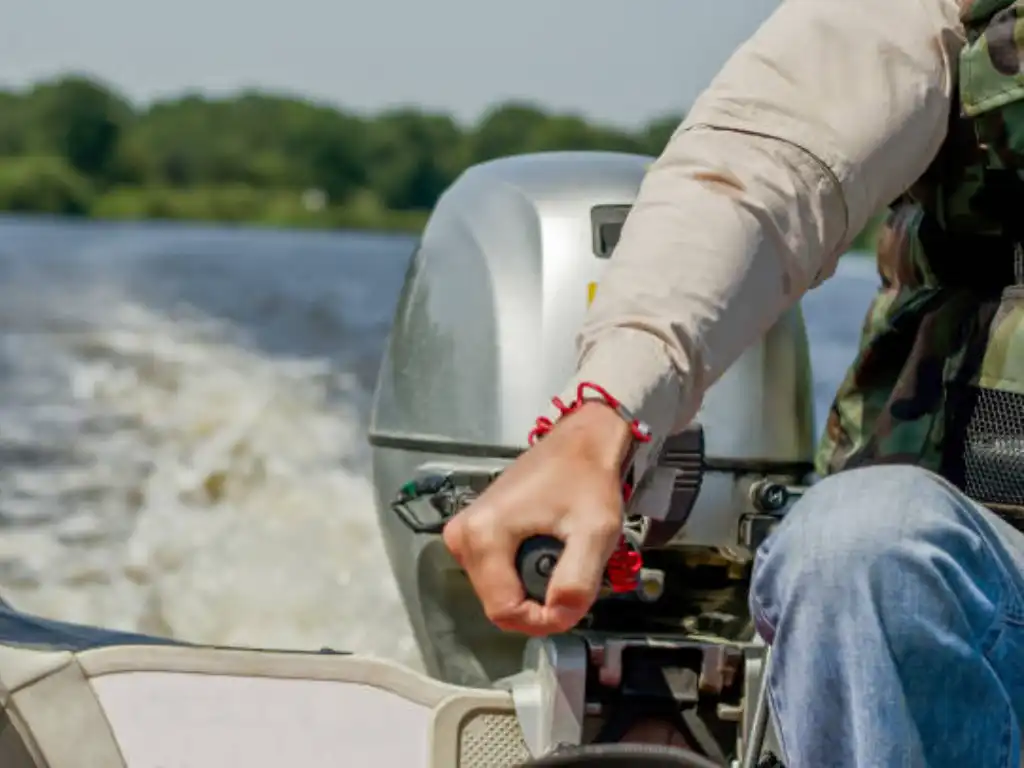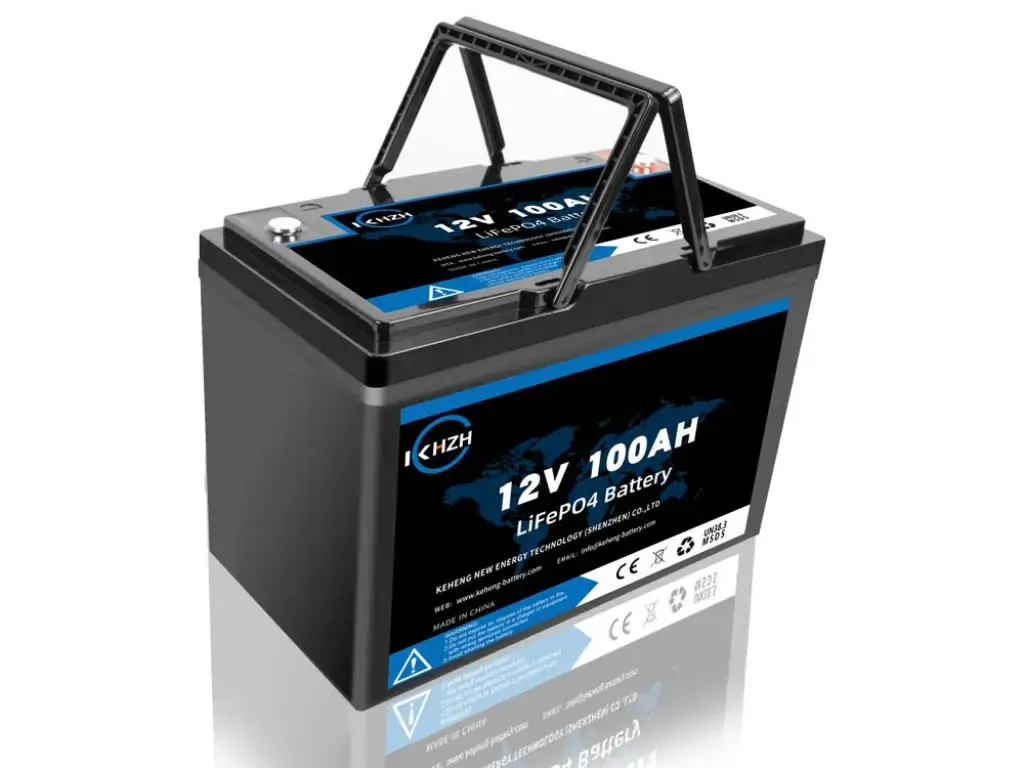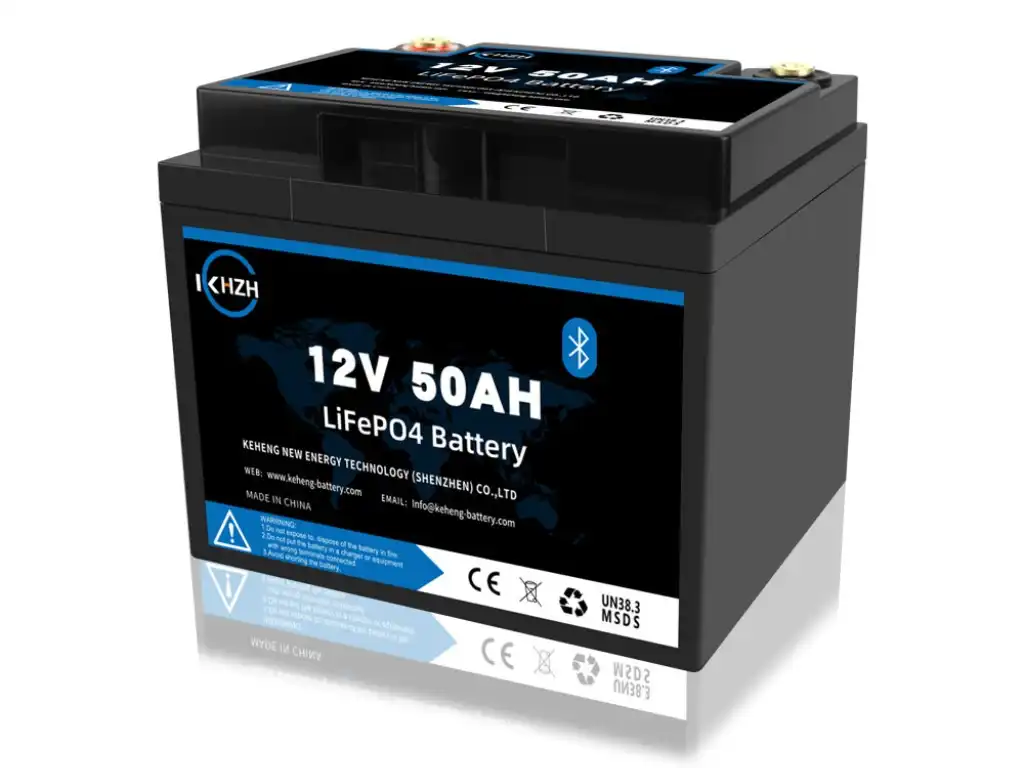
Every angler knows that a peaceful day on the water can quickly turn sour if your trolling motor’s battery gives out. It’s not just about picking a battery; it’s about choosing the best deep cycle battery for trolling motor usage. While there are numerous options out there, from marine batteries for trolling motors to the electric trolling motor battery, finding the right one can be a daunting task. However, with a bit of guidance, you’ll be set on a smooth course in no time.
Why Deep Cycle Batteries Suitable for Trolling Motors?
Deep cycle batteries stand out because they can consistently discharge and recharge without losing their capacity. Unlike their standard counterparts, these batteries can unleash most of their stored energy and still bounce back after a recharge. This resilience and longevity make them a prime choice for trolling motors. So, whether you’re looking for the best marine deep cycle battery for trolling motor use or a standard deep cycle battery for trolling motor, you’re on the right track with these.
Comparing Battery Types: Lead-Acid vs. Lithium vs. AGM vs. Gel
Now, onto the nitty-gritty of battery types. The lead-acid batteries, they’re like the old trustworthy pals of the battery world, providing reliable power to anglers for ages. They’re pretty affordable. However, it demands periodic maintenance, like the addition of distilled water. Then there’s the lithium battery. The new kid on the block, it brings to the table unparalleled energy density and a significantly longer lifespan. Weighing less and lasting longer, they are becoming the preferred choice for many.
In the same breath, we have AGM (Absorbent Glass Mat) batteries. These are a subtype of lead-acid batteries but are sealed, spill-proof, and maintenance-free. Lastly, Gel batteries are also lead-acid based but use a gelified electrolyte, making them resistant to spills and leaks. Each type has its strengths and weaknesses, catering to different needs and budgets.
Lithium Batteries

Lithium batteries are often recognized as the best deep cycle battery for trolling motor use by many anglers. These little powerhouses, come with a plethora of benefits.
Firstly, lithium batteries have a longer battery life. The lithium standard batteries boast between 2000 to 5000 cycles, particularly, the LiFePO4 (Lithium Iron Phosphate) batteries, under certain conditions, such as optimized charge/discharge regimes and appropriate temperature controls, they can achieve even higher cycle counts, which dwarf the 300-500 cycles offered by traditional lead-acid batteries. The lifespan of lithium batteries extends up to 10 years, in contrast to lead-acid flooded batteries and AGM batteries, which have an average lifespan of 2 to 5 years. This extended lifespan translates to fewer replacements, ensuring a longer period between investments.
Secondly, lithium batteries tend to have a higher energy density and can deliver power more consistently compared to their counterparts. They maintain up to 90% of their capacity even when they’re 70% discharged. In contrast, a lead-acid battery might only provide 50% of its capacity when 50% discharged. This consistent power output ensures your trolling motor operates at peak efficiency, even as the battery’s charge dwindles.
Moreover, size and weight are pivotal for boat performance. Lithium batteries, on average, are 40% lighter and 20% more compact than their lead-acid counterparts. This weight and space economy not only enhance boat agility but also free up space for other essential equipment.
Finally, lithium Batteries are virtually maintenance-free, eliminating the need for regular electrolyte checks or water top-ups, a routine synonymous with lead-acid batteries.
However, it’s essential to note that lithium batteries require specialized chargers to prevent overcharging. While this is a minor inconvenience, the benefits far outweigh this singular drawback.
In conclusion, lithium batteries, with their extended lifespan, consistent power delivery, lightweight nature, and minimal maintenance, emerge as a formidable choice for trolling motors. Their initial investment is quickly justified by their performance, reliability, and long-term cost efficiency, making them an indispensable asset for the discerning marine professional.
Lead-Acid Batteries
For years, lead-acid wet-cell batteries have been one of the best trolling motor batteries, primarily due to their affordability—an essential factor for many professionals. Recent market analyses indicate that lead-acid batteries are 30-40% cheaper than their lithium counterparts. Smaller capacity batteries, such as 35Ah, typically fell within the 100 to 150 range, while larger capacities, like 100Ah and above, could cost between $300 to $500 making them particularly attractive to cost-conscious anglers. Moreover, with proper care, these batteries boast a commendable lifespan, often lasting 3-5 years under optimal conditions.
However, lead acid batteries require consistent monitoring. Electrolyte levels, for instance, need regular checks and potential topping-up with distilled water. Additionally, if weight is a concern for your vessel, consider that lead-acid batteries with pure lead plates can be substantially heavier. And when it comes to delivering sustained high power, they can sometimes lag behind. For instance, during high-demand scenarios, a lead-acid battery might offer 80-90% of the consistent power delivery seen with lithium models.
While lead-acid batteries present a cost-effective solution with a respectable lifespan, they do demand a hands-on approach in maintenance and might not always deliver peak performance in high-demand situations.
AGM and Gel Batteries
AGM and Gel batteries are both common deep-cycle batteries. These years, AGM batteries have notably risen in popularity. Their Absorbent Glass Mat structure not only ensures elevated discharge and recharge rates but also translates to notable longevity. AGM batteries typically deliver 20% more consistent power than traditional lead-acid counterparts and do so at a price point that’s around 15% higher—a marginal upcharge considering the enhanced performance. And it is worth noting that this battery also has the advantage of being 100% maintenance-free.
On the other side, Gel batteries, with their unique gelified electrolyte, promise exceptional resilience. Notably, even when faced with potential external damages, their leakage risk remains minimal. Their robust performance under high temperatures and sustained deep discharges further solidifies people’s reliance on it. Still, they do have a caveat: an aversion to overcharging, which necessitates a specialized charger. Price-wise, they’re typically on par with AGMs, making the choice more about specific needs than cost.
Both AGM and Gel batteries offer a middle ground between the affordability of lead-acid batteries and the high performance of lithium batteries. They’re relatively maintenance-free and provide consistent power delivery, making them suitable for trolling motor use.
How to Determine What Your Trolling Motor Needs?
Choosing the right battery for your trolling motor is more than just finding the correct size; it’s about delving into the specifications and understanding what each means in practical terms. Here’s a streamlined guide for seasoned professionals:
| Amp-Hours (Ah) | This is the energy storage capacity of a battery. If you see a battery labeled 100 Ah, it means it can provide 5 amps for 20 hours. However, a crucial point to note is the Depth of Discharge (DoD). If a battery has an 80% DoD, then effectively only 80 Ah of the 100 Ah is usable without compromising its lifespan. For long fishing trips, a higher Ah might be beneficial, but always be aware of the DoD. |
| Voltage (V) | Trolling motors come in 12V, 24V, or 36V configurations. The battery voltage should match the motor’s requirement. Using a 12V battery on a 24V motor not only gives subpar performance but also poses a risk of damage. If your motor is 24V, you could either use two 12V batteries in series or opt for a specialized 24V battery. |
| Life Cycles | Take, for example, Lithium Iron Phosphate (LiFePO4) batteries. They can offer up to 2000-5000 life cycles, compared to traditional lead-acid batteries, which might give you 300-500 cycles. This means over time, the LiFePO4 can prove to be more economical despite a higher upfront cost. |
| Performance and Efficiency | LiFePO4 batteries are renowned for consistent voltage output, meaning they’ll deliver near-peak power even when they’re almost depleted. In contrast, lead-acid batteries might show significant performance drops as they discharge. |
| Size and Weight | A typical 100 Ah LiFePO4 battery weighs about 30 lbs, while a lead-acid counterpart might weigh upwards of 60 lbs. For boaters conscious about weight, this is an essential factor. |
In conclusion, selecting the perfect battery for your trolling motor requires a harmonious blend of technical knowledge and practical insight. Understand the demands of your maritime excursions, balance them with the specs, and you’ll ensure smooth, efficient, and long-lasting power for all your trips. Remember, the cheapest option isn’t always the most economical in the long run, and the nuances in battery specifications can make a world of difference in performance.
Best Deep Cycle Battery for Trolling Motor: Lifepo4 Battery
Navigating through the myriad of trolling motor batteries can be a daunting task, especially when the market is saturated with a plethora of options. Lifepo4 batteries, with their consistent performance, longevity, and safety features, are your go-to choice.
Voltage and Ampere-Hour (Ah) – The Twin Pillars of Decision Making

12V Batteries: Ideal for smaller vessels like kayaks or canoes, where space and weight are at a premium. A KHlitech 12V 50Ah trolling motor battery provides a full day of power for high amp draw electronics like Garmin fish finders, ice augers, or anything where you need a longer run time.
24V and 36V Batteries: Tailored for larger boats and challenging aquatic conditions, these batteries offer a robust power supply, ensuring your trolling motor doesn’t peter out in demanding situations. For a 24V motor consuming 20A per hour, a 24V 60Ah battery might offer 3 hours of optimal operation. However, for professionals or enthusiasts who spend prolonged hours on water, a 24V or 36V 100Ah battery becomes pivotal, providing a substantial power reserve for motors guzzling 20-30A per hour, thereby ensuring 3-5 hours of unhindered operation.
You May Also Like: Expert’s Guide to Choose the Best Lithium Marine Battery for Reliable Power
Analyzing Usage Patterns – A Pragmatic Approach
Casual Anglers: If your fishing expeditions are sporadic and predominantly in calm waters, a 12V 50Ah battery suffices, offering a blend of compactness and adequate power.
Professional or Passionate Anglers: Engaging in frequent, long-duration trips, often in turbulent waters? A 24V or 36V battery with a higher Ah, such as 100Ah or 200Ah, becomes indispensable. For instance, a KHlitech 12V 200Ah battery not only ensures longevity but also provides a rapid engine start, a critical feature when distant from the shore.
Safety and Durability – Non-negotiables for Professionals
Opting for batteries with proven durability and safety features, like KH lithium deep cycle batteries with IP65 Waterproof Box, which are waterproof and buoyant, ensures that an accidental capsize doesn’t translate into a lost battery. Moreover, its lightweight and portability features do not compromise the power output, ensuring you have a reliable power source that can also be conveniently transported.
In essence, while choosing a trolling motor battery, professionals must intertwine their usage patterns with the motor’s power demands, ensuring a selection that guarantees not just optimal operation but also safeguards against unforeseen circumstances. Always prioritize a battery that aligns with your usage, ensuring a harmonious blend of power, safety, and durability.
Conclusion
Choosing the best deep cycle battery for trolling motor use isn’t just a matter of picking the one with the highest ratings or the most reviews. It’s a nuanced decision that requires a deep dive into your specific needs, the type of trolling motor you have, and the conditions under which you’ll be boating.
Lithium batteries, with their long lifespan, quick recharge times, and consistent power delivery, are often a favorite. Lead-acid batteries, while requiring more maintenance, can be a cost-effective option that offers reliable performance. AGM and Gel batteries strike a balance, offering maintenance-free operation and consistent power delivery without breaking the bank.
Consider the amp hours to ensure your battery has the capacity to last through your fishing expeditions. Pay attention to the voltage to ensure compatibility with your trolling motor. And don’t forget to consider the battery’s weight and size to ensure it fits well with your boat’s setup.
In the end, the best deep cycle battery for trolling motor use is one that aligns with your boating needs, ensuring that every fishing trip is a peaceful, enjoyable experience. Whether you’re a casual angler or a seasoned pro, making an informed choice can make a world of difference in your boating and fishing adventures.




